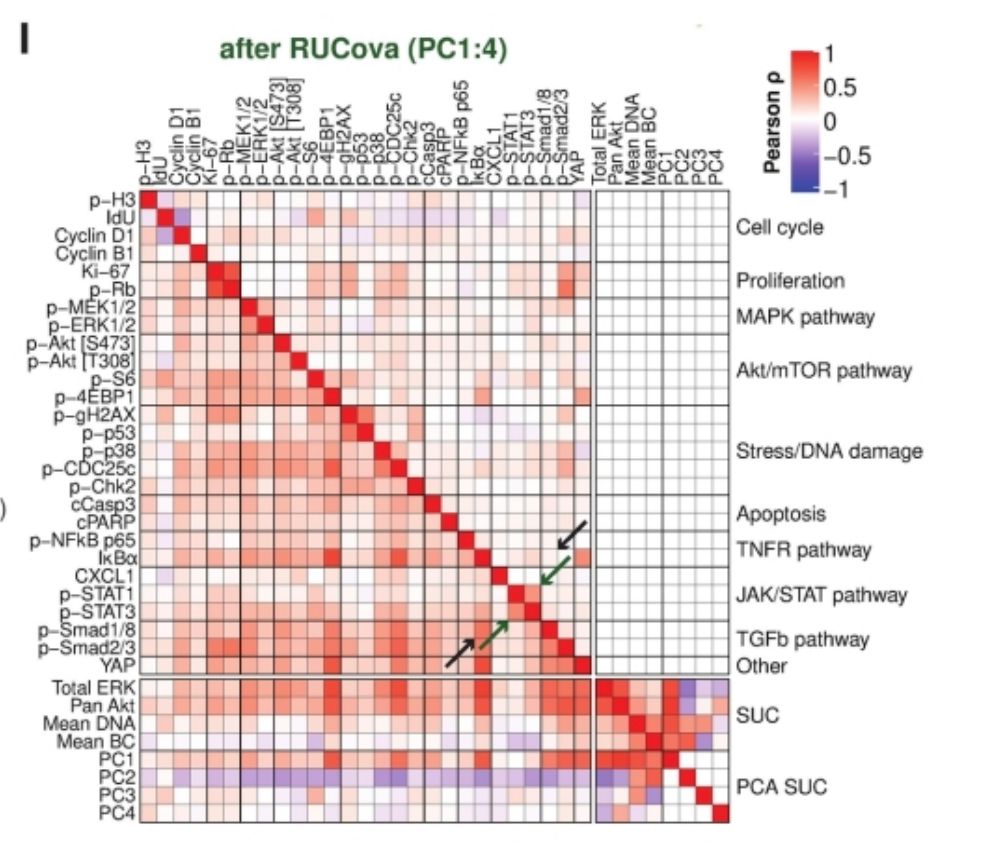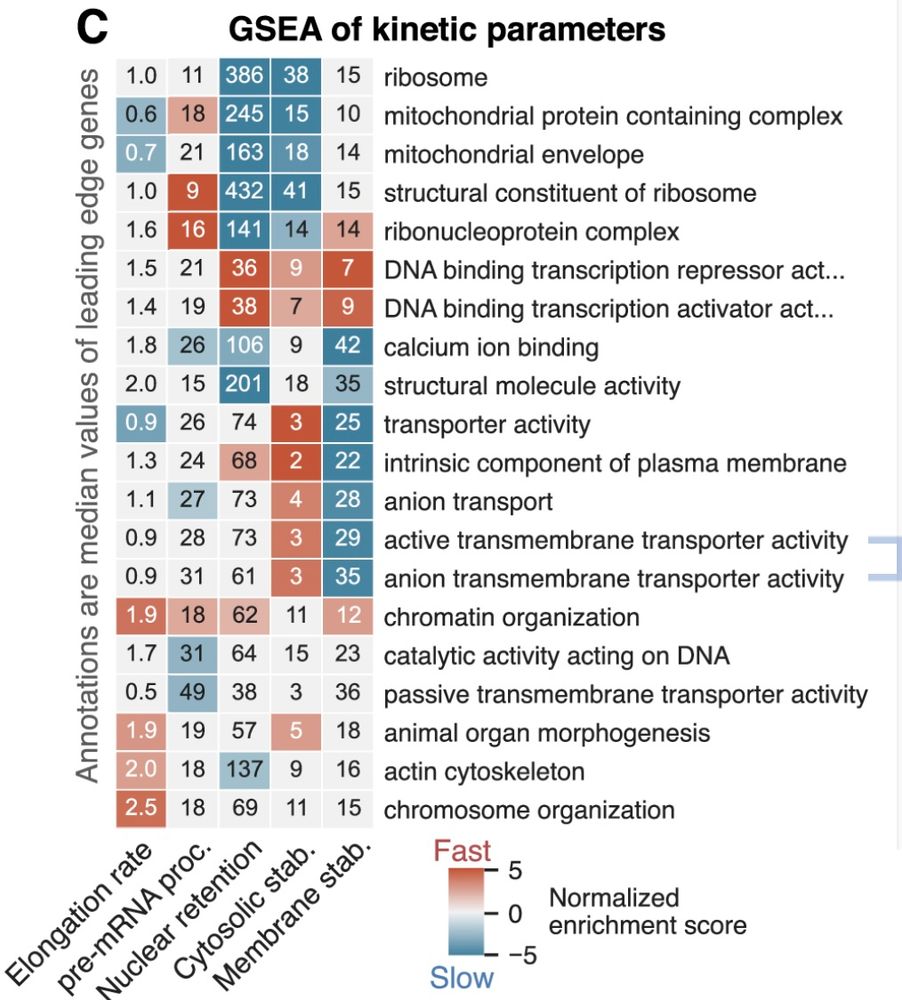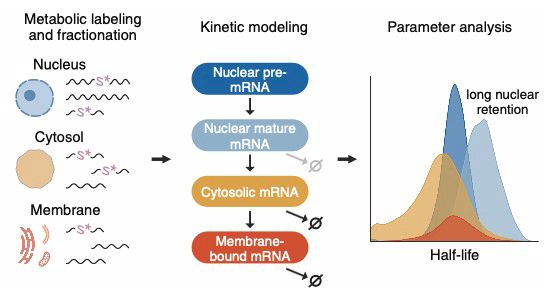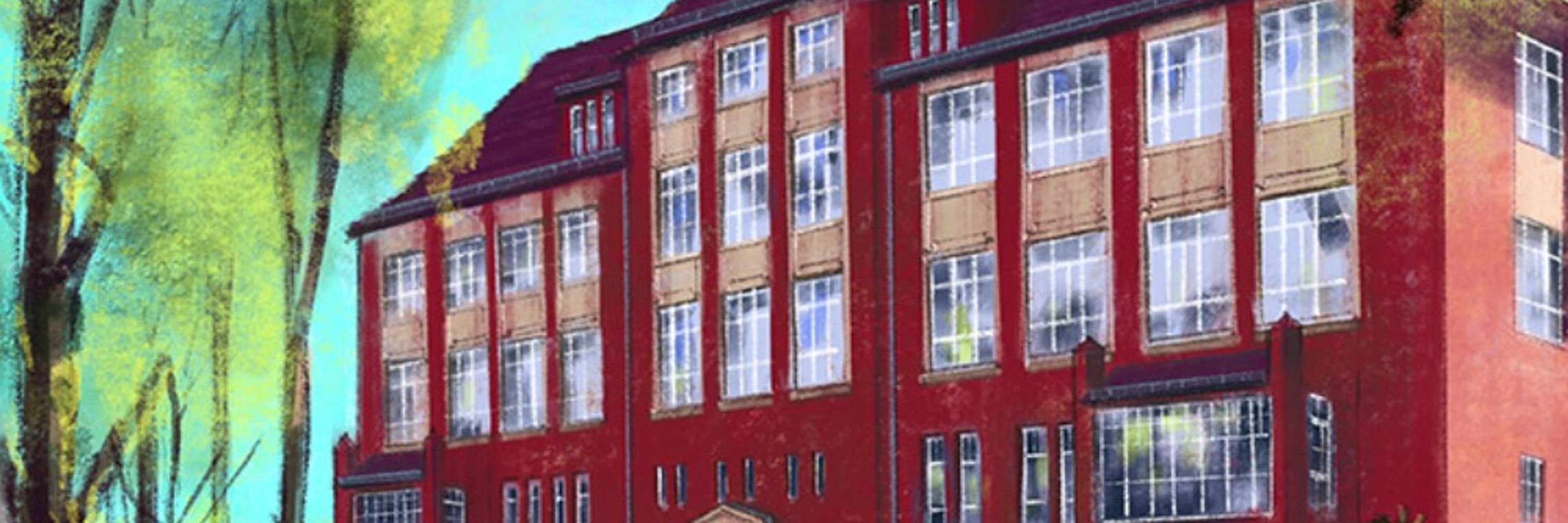


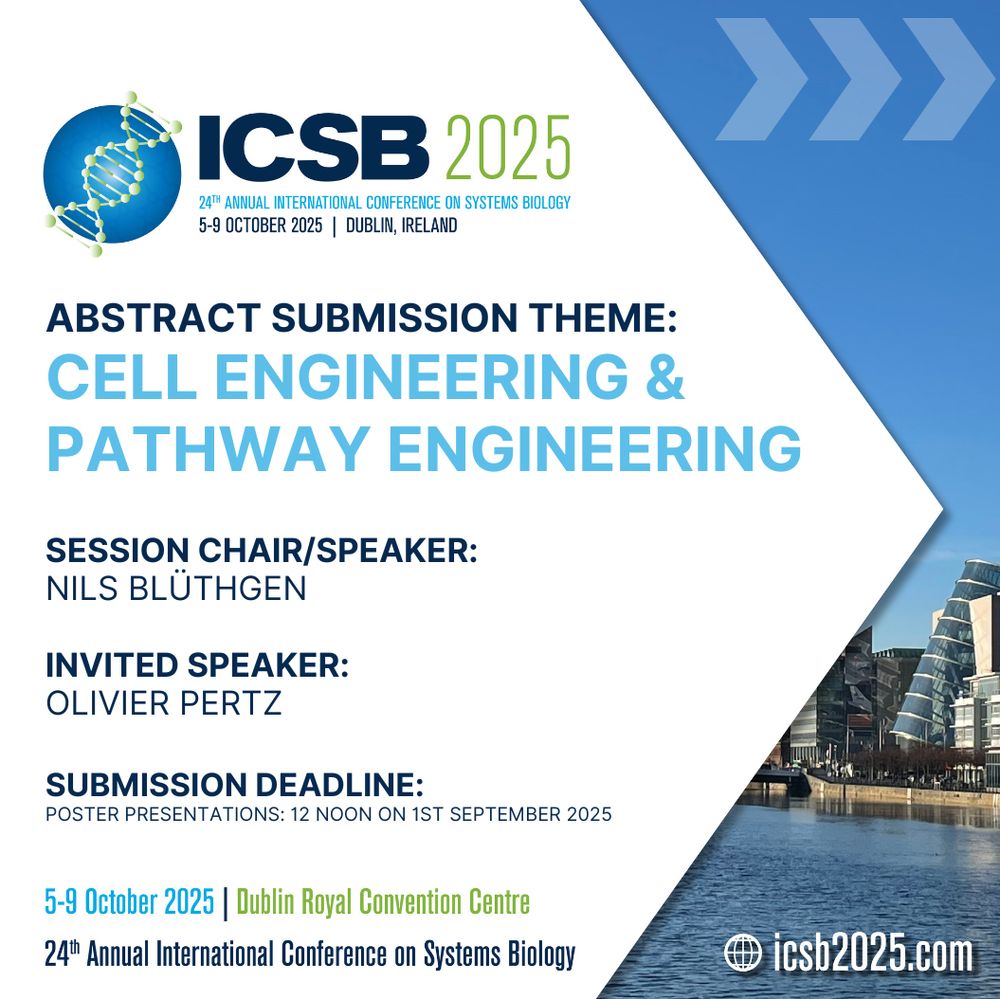

![Foto of an email: Dear Professor [Last Name], I hope you are well...](https://cdn.bsky.app/img/feed_thumbnail/plain/did:plc:sygptg3ye5eh7rxh3vr3mvnc/bafkreiciiwxovkhcl5fysmnn36qrjbmnpktvjxy4tlnib7euq24rmnze6q@jpeg)
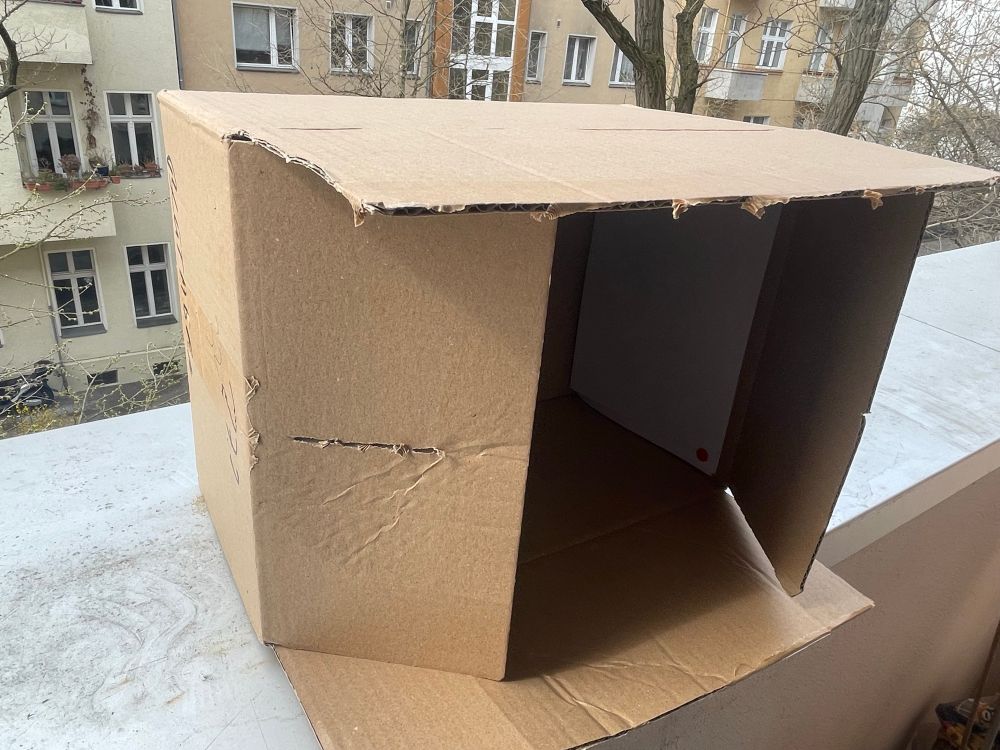




- Support for students (Studierendenwerk): -32%
- Einsteinstiftung: -18%
- Budget for building costs: -80%
- Invest for Universities: -20%
- Support to update technical infrastructure at Charite: -48%
- Invests in Buildings -40%
This is how you ruin the future.


- Support for students (Studierendenwerk): -32%
- Einsteinstiftung: -18%
- Budget for building costs: -80%
- Invest for Universities: -20%
- Support to update technical infrastructure at Charite: -48%
- Invests in Buildings -40%
This is how you ruin the future.


